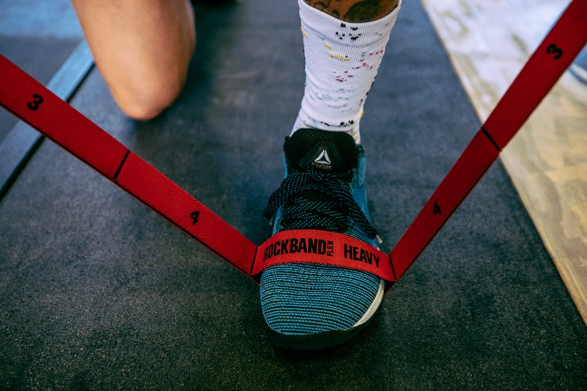Foam rollers, bands, mobility balls—in our industry, the tool selection is vast and varied.
Tools are available in so many different materials and sizes, techniques of application and temperature. It can be difficult to sort out or understand how to try the different possibilities out there, so let’s break down what mobility tools are and how they can work in your practice.
What Are Mobility Tools?
A mobility tool is a device that aids us in our ability to move freely and easily. That ability is often hampered by sedentary lifestyles and the lack of movement incorporated into our lives. Mobility tools help us focus on our movement.
When we have a tool and an understanding of how to use it, we can take time out of our day to use it and focus on our bodies. Implementing tools into our practice for our clients can help them focus on their health and wellness outside of just your time together in the session.
Mobility tools come in all shapes, sizes and types. Technology has really come into the mobility tool space and changed the game over the last few years. Vibration, compression, and hot and cold therapy are all options in mobility tools now.
Foam Rollers
Foam rollers are a great item to show clients how to use and utilise in their home. A roller can be used for both soft tissue release of tight muscles and during a workout as a training aid.
Foam is a misleading term, because rollers come in all shapes and sizes and can be made of multiple different types of material. What matters is what works with your practice and what the client feels comfortable using.
A newer addition to the foam roller family are rollers that use vibration technology (watch this space, we’re hoping to add this to our range in 2020). I think we are going to see many, many more of these higher technology type rollers coming out; it will be interesting to see what science says about them.
Mobility Balls
Mobility balls are portable and inexpensive and come in a range of sizes including connected balls (infinity balls) that hit the trigger points along the spine.
Mobility balls are easy to throw in a gym bag or suitcase for travel and easily stored for at-home use. I use them frequently during my muscle work sessions with clients. I will position connected balls under the base of the head or under their sacrum while I work; this applies some trigger-point work while I work on the rest of the body.
Mobility Bands
Mobility bands store and travel easily as well. A good quality mobility band may be slightly more expensive than a mobility ball but they can be used both to aid in creating mobility and for workouts, so bands make a great addition to your or your clients’ gym bag.
Mobility bands can be used for stretching and resistance training. A band is a product everyone can use, and it can do multiple things, such as prepare the body for a training session and also be used during and after the training session.
Floss Bands
A newer option making its way into the mobility tool scene are floss bands,which are thin, long bands that provide a combination of compression and fascial shearing. Floss bands are helping people gain mobility in a new way.
There are some precautions to take with mobility floss bands because they are used very tightly; avoid prolonged use on an area. If floss bands are given to a client, the practitioner should give good instructions, using the band to show exactly how it is to be used so as not to cause any damage to tissue.
Tools Provide Options
Utilising mobility tools in your practice opens up a few things for you. It gives you an extra modality to add to your services. Tools also give the client an option for at-home follow-up and homework, or a go-to option to help with their care when you are not available.Tools also open up your options for retail for some added income, or options for you to hold classes and teach techniques. Many of the bigger tool companies offer teaching seminars on how to use their products and also how to sell them; they may offer clinics, gyms and practitioner’s special pricing or affiliate links to help practitioners profit from representing the products for the company.
Have Fun
Utilising tools in your practice is fun and exciting. The options are vast and it can feel overwhelming, but check out a few of these options and do the research. You will find the right tools for your clients and practice—and the perfect tools for your own self-care.
Written by Jill Magee, CMT, an expert in the field of body mechanics and muscle balance with specialisation in athletic assessment and corrective training. She is a RockTape ambassador in the US.


